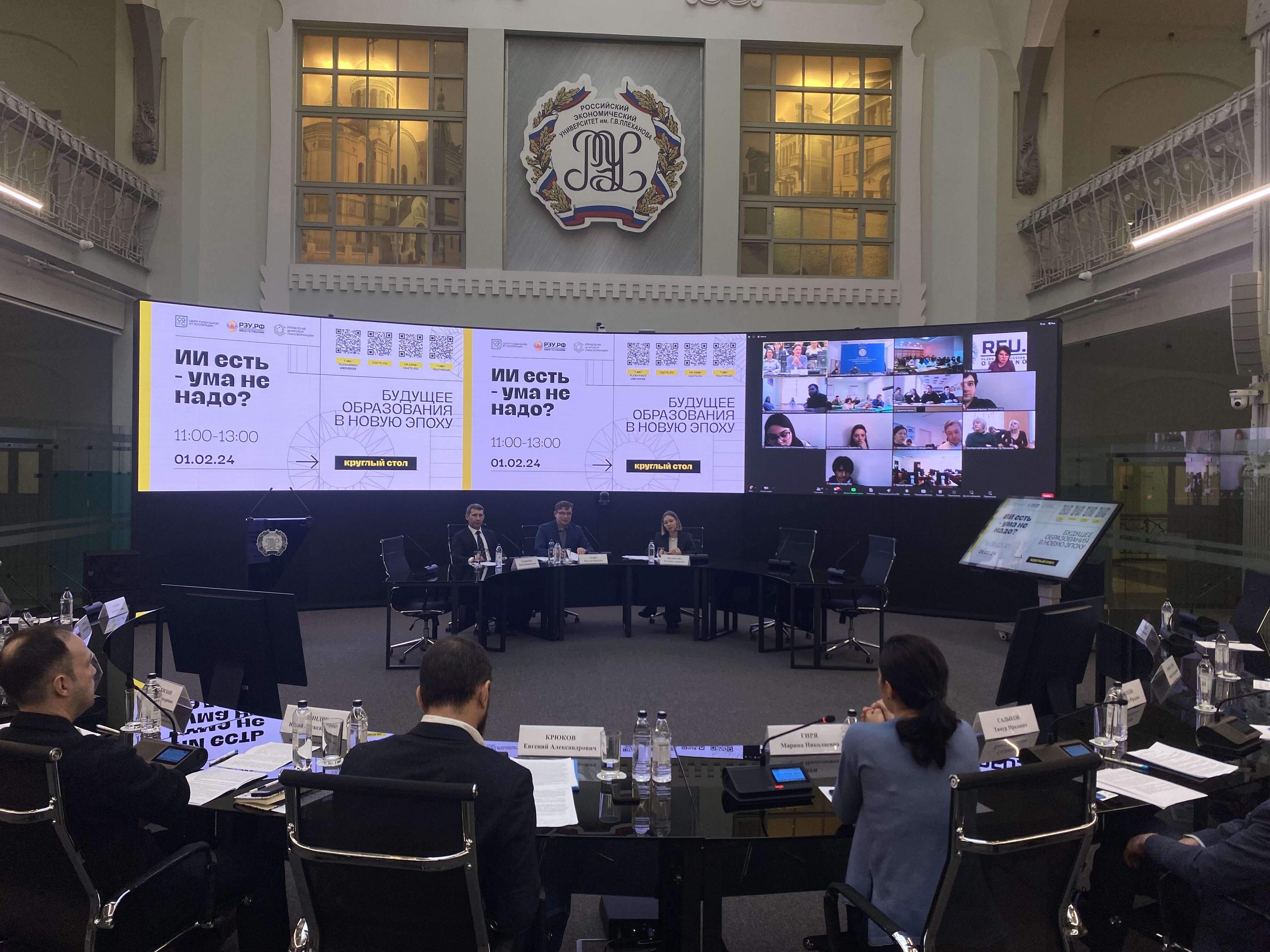Over the past year, the creators of the metaverse have earned more than $0.5 billion from sustainable real estate. This amount falls mostly on the “big four” - The Sandbox, Decentraland, Cryptovoxels and Somnium. In addition to them, the implementation of such facilities is measured by dozens of other companies. Almost $90 million worth of land was purchased in January of this year. According to analysts, at this rate of sale, it is planned to raise $1 billion by the end of the year. Will ordinary users be able to buy digital real estate? And what to do with these assets?
A surge in sales of property in the outside world is recorded at the end of last year. At the time Mark Zuckerberg's company announced that it would create its own Horizon Worlds metaverse. While it is in development, investors are buying up digital land on other sites. One of the most popular is The Sandbox. Investment company Republic Realm recently invested almost $4.5 million in real estate there.
It “builds” villas, jet skis and yachts, and the company sold one of the ships for $650,000. So far, this is only a 3D model, but in the future, the user will be able to walk on all four decks and relax in soft areas in the form of an avatar. What exactly would such a journey look like? The owner of real estate in the outside world shared with Kommersant FM his experience of immersion in the metaverse:
“The guys gathered there, watched videos on YouTube through spotlights. They somehow integrated all this, communicated via voice chat, ran, played mini-games. Here you are sitting at home – you were told that you need to come to talk or call, and you, for example, instead of Skype or a phone, enter this metaverse, communicate with colleagues, and do something else at the same time. People, being on my land, will pay a certain amount of project tokens. This is how you monetize through visits.”
For metaverse’s objects, buyers pay with cryptocurrency. The house can be ordered from a 3D artist, or bought from a marketplace inside the platform or an auction. One villa, for example, was sold for $0.5 million a year ago. Its creator claims that the furniture in the house is made of tempered glass, fabrics and renewable materials. You can't touch the expensive fabrics yet though: there is only a prototype of gloves for the metaverses.
Commercial buildings are also created in the virtual space. For example, the Tokens.com company spent almost $2.5 million on a plot of land where it plans to build clothing stores and fashion showrooms. For the same money you could buy the apartments in Manhattan. Will the investment pay off? According to Ekaterina Filatova, President of the Augmented and Virtual Reality Association, there is a chance, because the metaverse can be used for advertising, as well as renting out real estate in it:
“In the virtual space, you can show personalized content to a person. Accordingly, this digital home will display some objects that will be advertising for a person. They can be either direct advertising, as we see banners now, or some kind of art objects, or heroes, 3D models, or some kind of balloons. And users who come to this space to play, communicate, somehow interact or just study it, will come across these objects, and this will be directly or indirectly advertising for them.”
Graphics in existing metaverses, however, are still far from Hollywood cinema. For example, in one of them – Decentraland – the painted trees resemble cubic paintings. Users are also confused by the functionality: much of what the developers of digital worlds offer was available before in online games. Now the platforms are only being tested, and in the current version they are unlikely to become in demand, media observer, Moscow News columnist Daniil Rotshtein believes:
“By and large, these are virtual chats with a three-dimensional world. Some of them have some simple games that have actually been around for quite a few years. With the same success, by the way, Minecraft can be called a kind of metaverse. We are talking about three-dimensional virtual chats, where you can trade real estate in the form of NFTs, nominally hold some kind of events.
You can also show a trailer for your movie or series, open a virtual store, which Samsung recently did, but nothing is sold there. In practice, the functionality is very limited, and most of the metaverses are in some kind of alpha or beta version. The same Sandbox just recently launched a limited alpha, and it’s completely incomprehensible what the prospect of the real development of the toolkit is.”
https://www.kommersant.ru/doc/5204845





